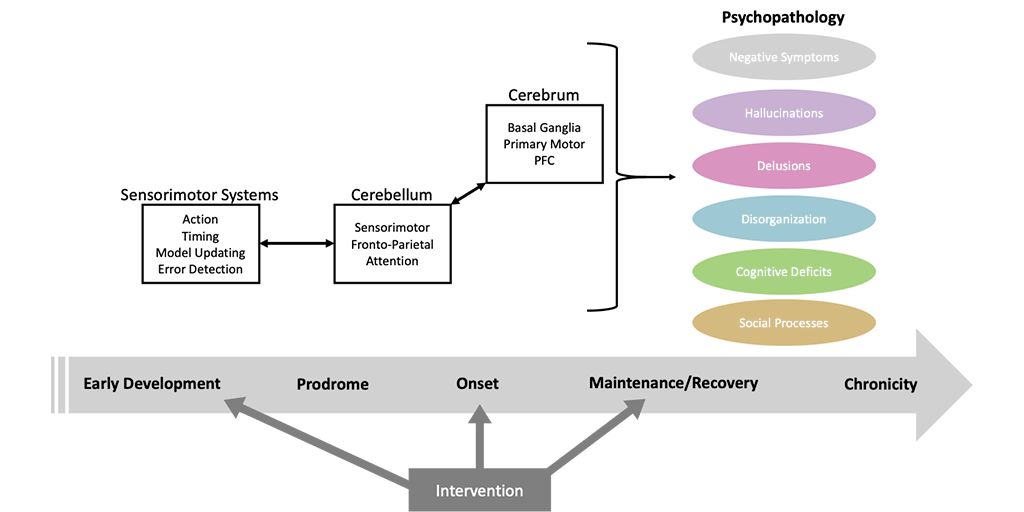- Ph.D., Clinical Psychology & Neuroscience, Indiana University Bloomington, 2021
- B.A., Neuroscience, Vanderbilt University, 2015

Alexandra Moussa-Tooks
Assistant Professor, Psychological and Brain Sciences
**Reviewing graduate applications for Fall 2026**

 The College of Arts
The College of Arts